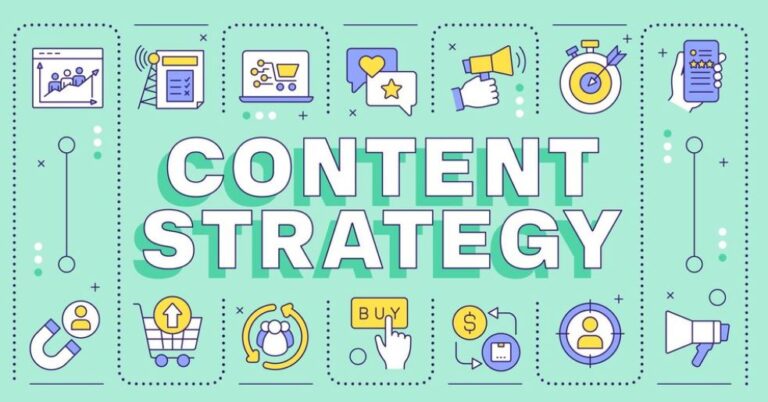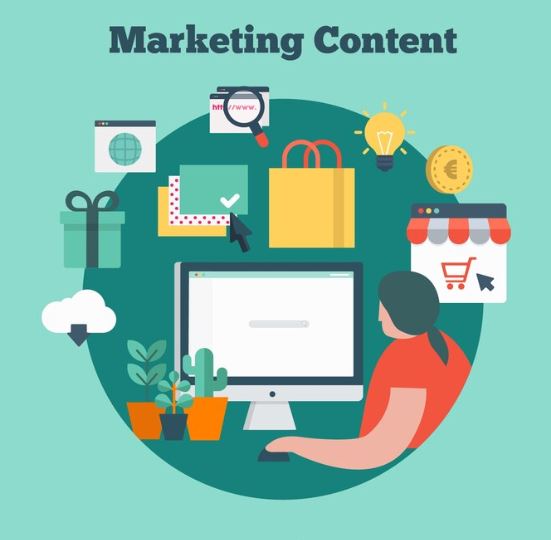A comprehensive guide to making the right choice with Webflow
Introduction to Webflow
Understanding Webflow and its capabilities is crucial for anyone considering building a website today. This innovative platform has gained significant traction for its unique approach to website development, providing users with an intuitive yet powerful set of tools. But what makes Webflow stand out in the crowded field of website builders, and more importantly, is it the right choice for your project?
Advantages of Using Webflow for Website Building
Webflow’s User-Friendly Interface is a game-changer. It empowers users to create professional-looking websites regardless of their coding skills. The platform offers unmatched customisation and flexibility, enabling you to tailor every aspect of your site to fit your vision perfectly. Another standout feature is its responsiveness and mobile optimisation capabilities, ensuring your website looks great on any device.
Comparing Webflow with Other Website Builders
When considering Webflow, comparing it with other popular platforms like WordPress, Squarespace, and Wix is essential. Each has strengths and weaknesses, but Webflow often stands out for its advanced customisation features and superior design flexibility. Unlike WordPress, which can require plugins for certain functionalities, Webflow natively offers many of these features.
Webflow for Beginners: Getting Started
For those new to Webflow, the journey might seem daunting. However, beginners can quickly get up to speed with a library of introductory tutorials and community support (take a look at university.webflow.com). While there’s a learning curve, especially for those accustomed to more traditional website builders, the effort pays off in the end product’s level of control and quality.
Design Flexibility and Creative Control in Webflow
Webflow truly excels in providing creative control. The platform’s advanced design features and a range of integrations and plugins enable users to create a distinct brand identity. This level of control is especially beneficial for businesses looking to stand out in a crowded online space.
Webflow Pricing and Plans
Pricing is a crucial consideration. Webflow offers a range of plans, each tailored to different needs. Whether you’re a freelancer, a small business, or a large enterprise, there’s a plan for you. Conducting a cost-benefit analysis helps you choose the plan that offers the best value for your specific requirements.
SEO and Marketing Capabilities in Webflow
In today’s digital landscape, SEO is non-negotiable. Webflow’s built-in SEO tools and ability to integrate various marketing strategies make it a formidable choice for businesses aiming to enhance their online visibility. The platform also offers comprehensive analytics to track website performance.
Webflow for E-commerce: Pros and Cons
Considering Webflow for an online store? It offers a streamlined store setup process with robust payment and shipping integrations. However, weighing these benefits against the platform’s potential limitations is essential, particularly for very large e-commerce operations.
Website Maintenance and Updates in Webflow
One of Webflow’s selling points is the ease of making updates and maintaining a website. Unlike some platforms that require technical expertise for updates, Webflow’s user-friendly interface makes it accessible for non-technical users to keep their site up-to-date.
Security and Reliability of Webflow
Webflow takes security seriously, offering robust hosting solutions and data security measures. Its performance and uptime are commendable, and the platform complies with various web regulations, giving users peace of mind.
Community and Resources for Webflow Users
The Webflow community is an invaluable resource. From forums to conferences, there are numerous avenues for support and learning. This community aspect not only aids in problem-solving but also fosters a sense of belonging among Webflow users.
Limitations and Drawbacks of Webflow
Despite its many strengths, Webflow isn’t without its limitations. Some users might find certain technical restrictions or the cost of higher-tier plans challenging. It’s essential to evaluate these factors against your specific needs.
Transitioning to Webflow from Other Platforms
Understanding the migration process is crucial if you’re considering moving to Webflow from another platform. While Webflow facilitates a smooth transition, there’s a learning curve involved, particularly for those coming from less sophisticated platforms.
Future of Webflow in Web Development
Webflow seems poised to play a significant role in the web development landscape. With continuous updates and new features, it’s exciting to see how Webflow will evolve and further empower web designers and business owners.
Decision-Making Guide: Is Webflow Right for You?
Deciding if Webflow is the right choice involves thoroughly assessing your website needs, available resources, and long-term goals. Consider factors like the complexity of your project, your technical expertise, and your budget.
In Summary: Making an Informed Choice
Webflow offers a powerful, flexible, and user-friendly platform for website building. It’s particularly well-suited for those seeking creative control and a professional-grade end product. However, it’s essential to consider your specific needs, skill level, and resources before deciding.
If you’re looking to build or migrate your website to Webflow, you may want to consult with a Webflow Agency – Get in touch to arrange a free initial consultation!
Frequently Asked Questions
-
1. How does Webflow handle SEO?
When it comes to SEO, Webflow provides a range of features to help improve your website’s search engine rankings. These include customisable meta titles and descriptions, automatic sitemap generation, and clean code that’s optimised for search engines. In addition, Webflow’s CMS allows you to easily add and manage SEO-friendly content, such as blog posts and product descriptions.
-
2. Can Webflow integrate with other marketing tools?
Webflow is designed to integrate with a range of marketing tools, from email marketing platforms like Mailchimp to analytics tools like Google Analytics and HubSpot. This makes it easy to track and analyse your website’s performance, as well as to manage your marketing campaigns from within the Webflow platform.
-
3. Is Webflow suitable for large e-commerce sites?
Webflow’s user-friendly visual editor makes it easy for anyone to create and customise a website, regardless of their technical skill level. However, some technical skills may be required for more advanced customisation and integration, such as using custom code or integrating with third-party APIs.
-
4. What level of technical skill is required to use Webflow?
Webflow’s user-friendly visual editor makes it easy for anyone to create and customise a website, regardless of their technical skill level. However, some technical skills may be required for more advanced customisation and integration, such as using custom code or integrating with third-party APIs.
-
5. How does Webflow’s pricing compare to other platforms?
Webflow’s pricing is competitive with other website builders, offering a range of plans to fit different needs and budgets. These include free and low-cost plans for personal and small business use, as well as more advanced plans for larger businesses and e-commerce sites.
-
6. Can I migrate my existing website to Webflow?
If you’re looking to migrate your existing website to Webflow, there are a few options available. Webflow’s CMS allows you to import content from other platforms easily, while third-party tools like CMS2CMS and Udesly can help you migrate your entire site to Webflow. However, it’s worth noting that some customisation may be required to ensure a smooth migration, depending on the complexity of your existing site.

